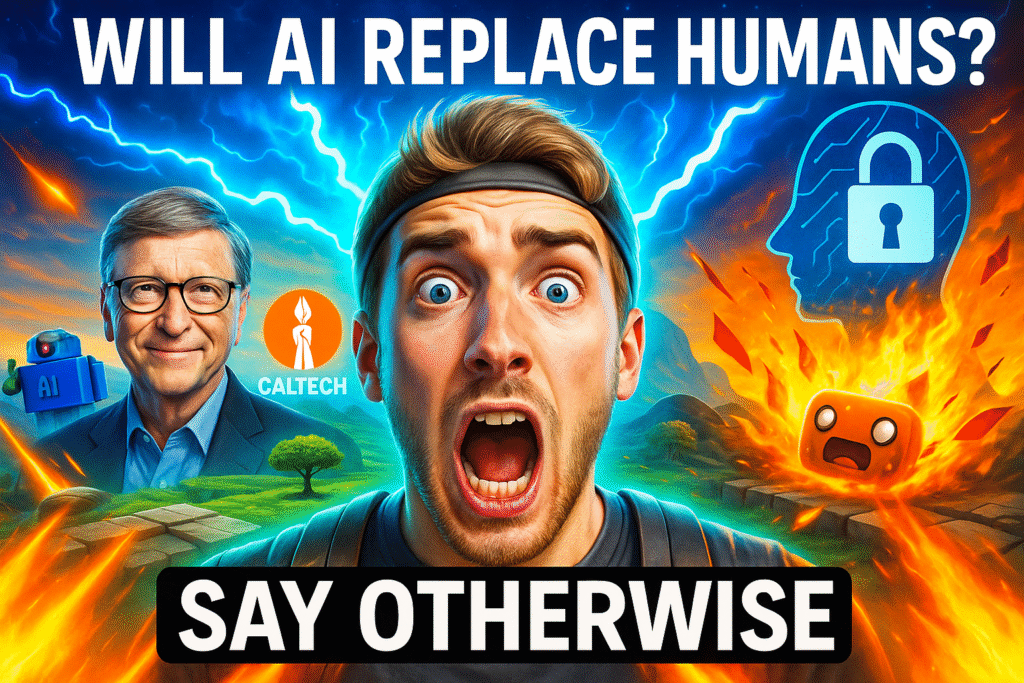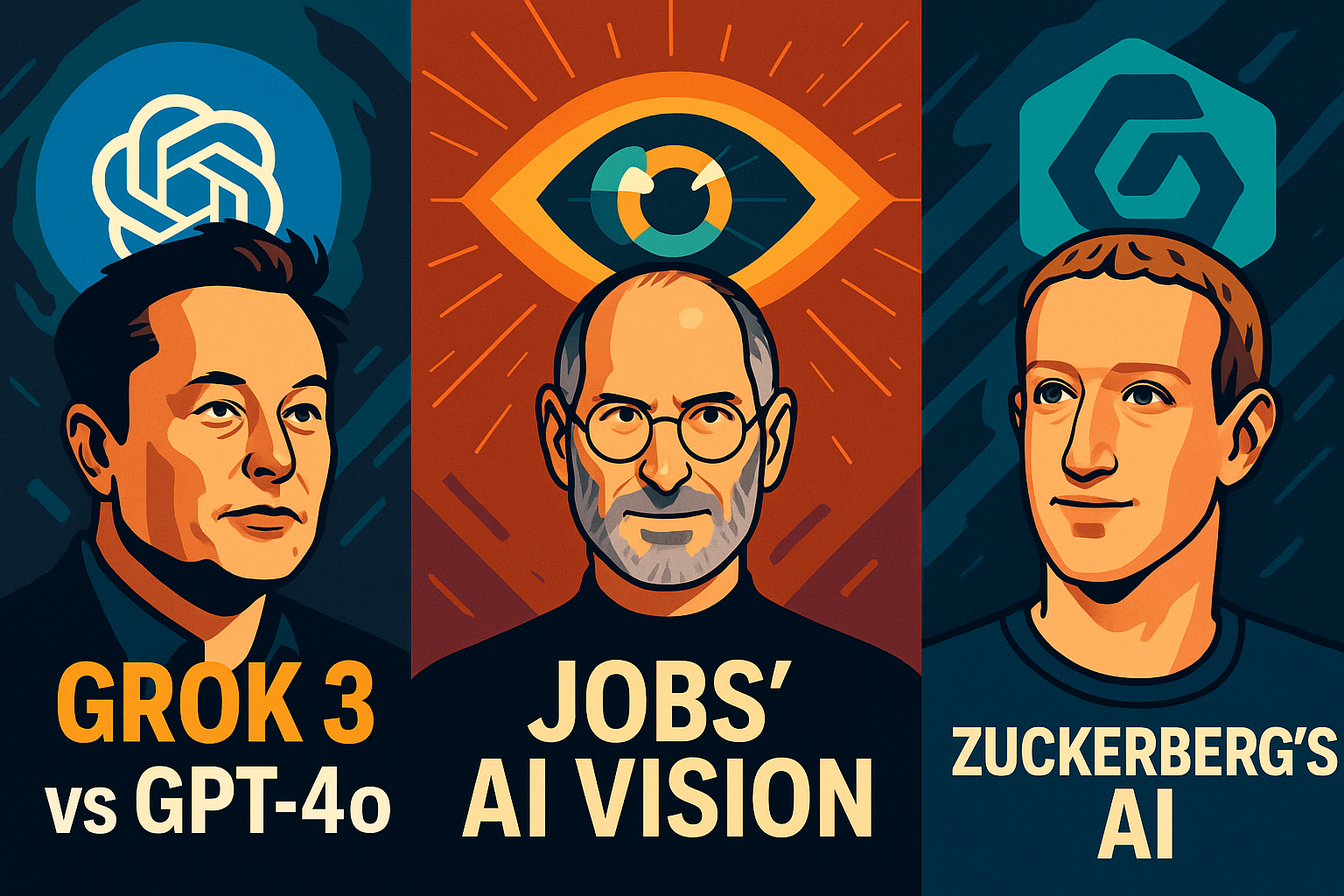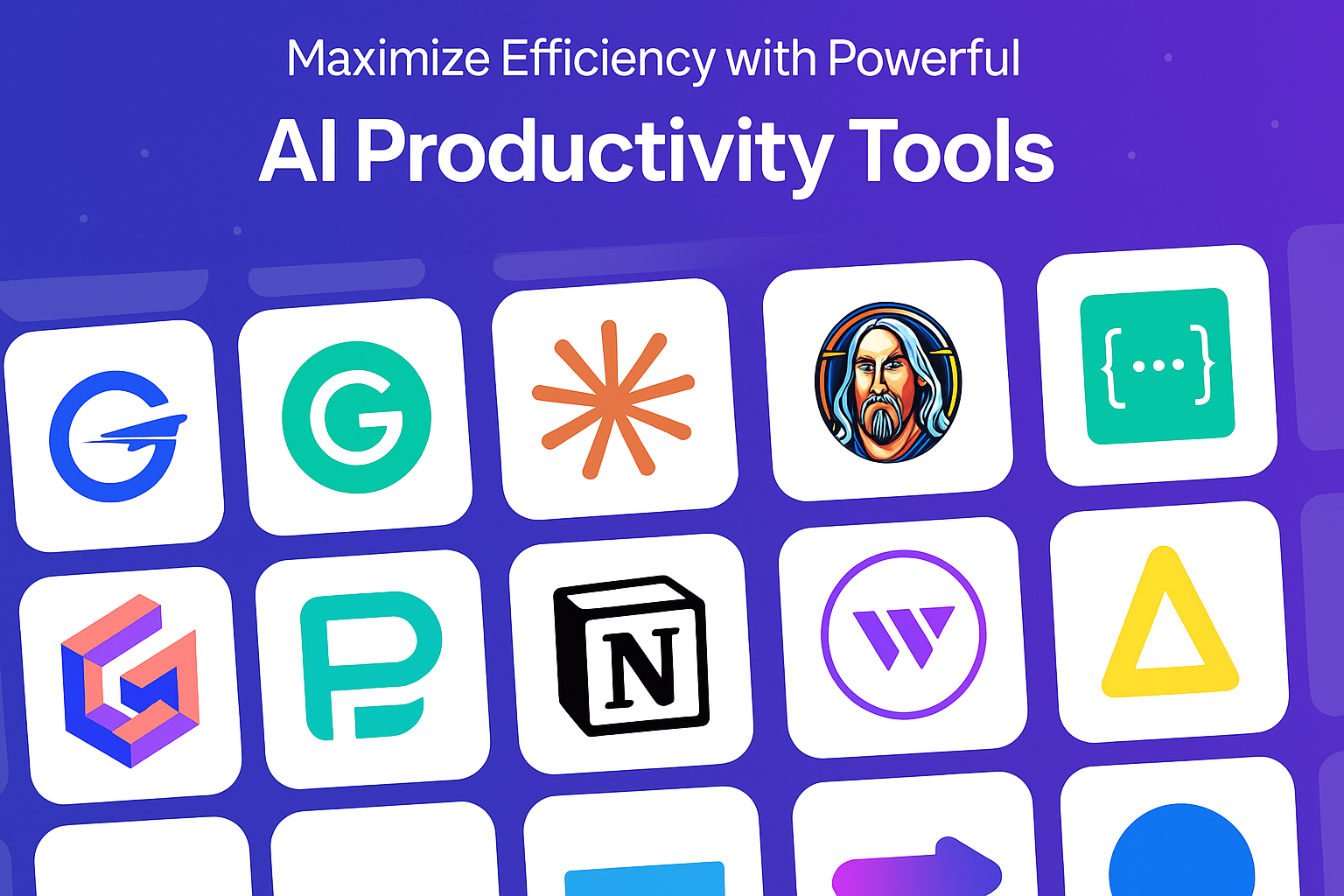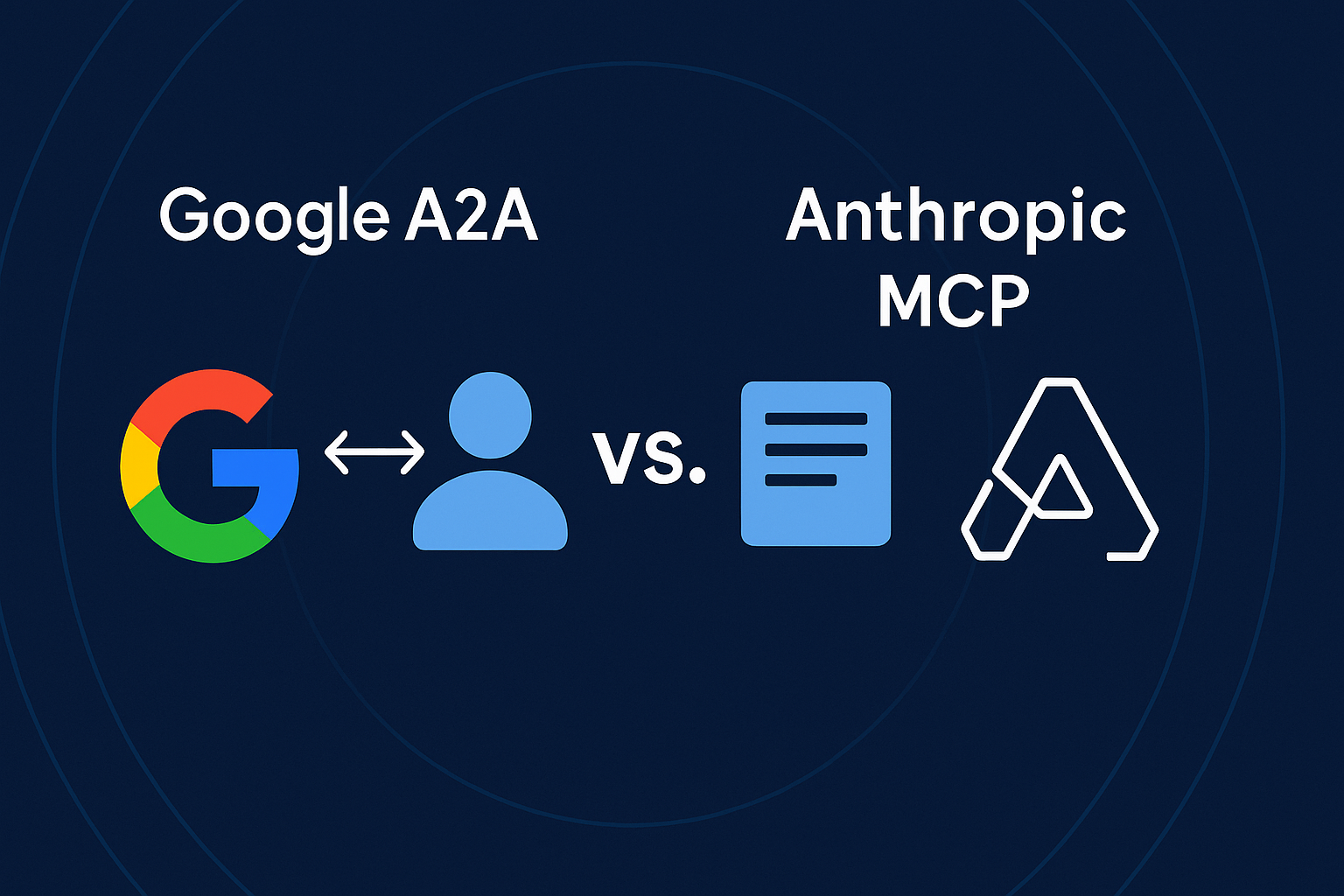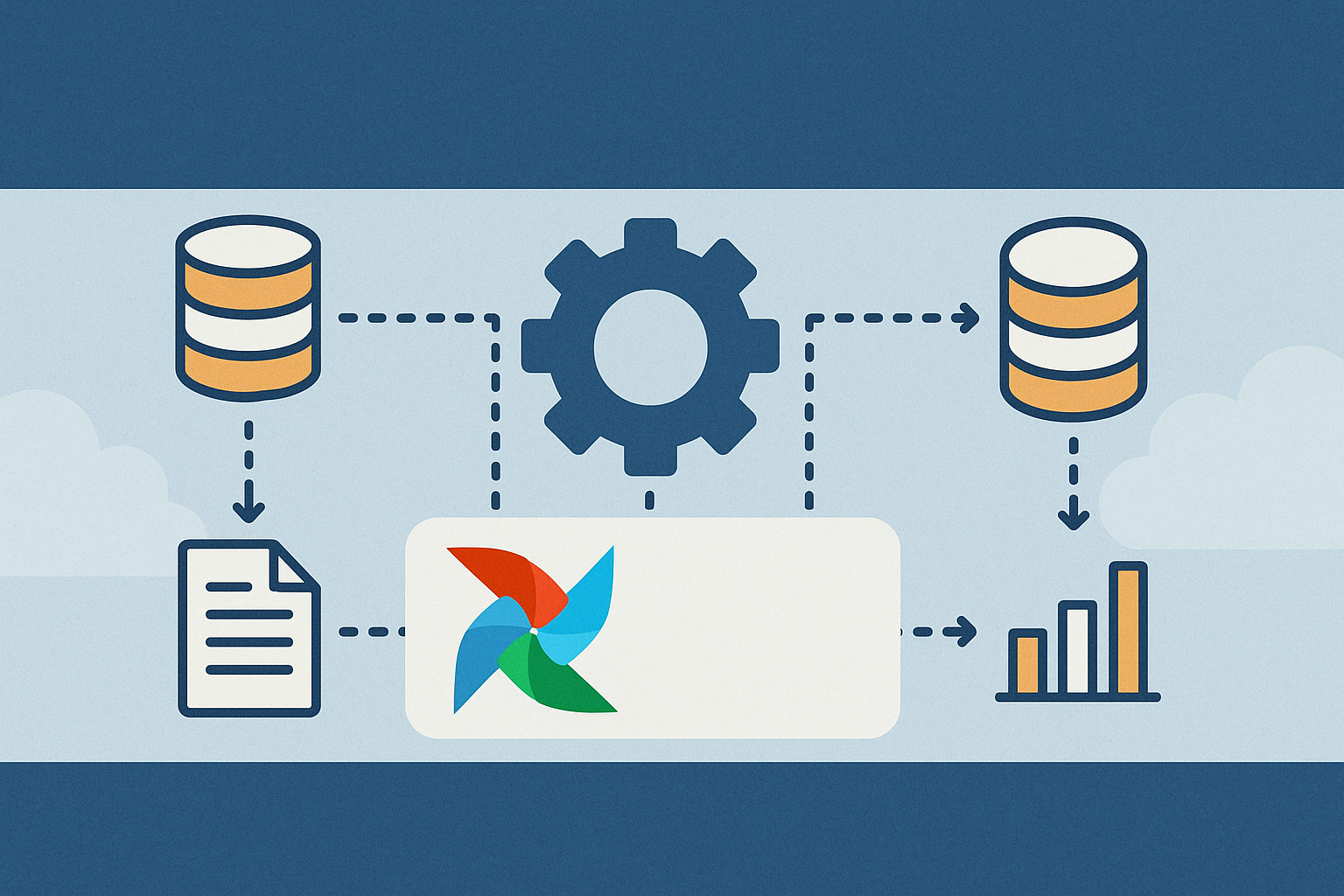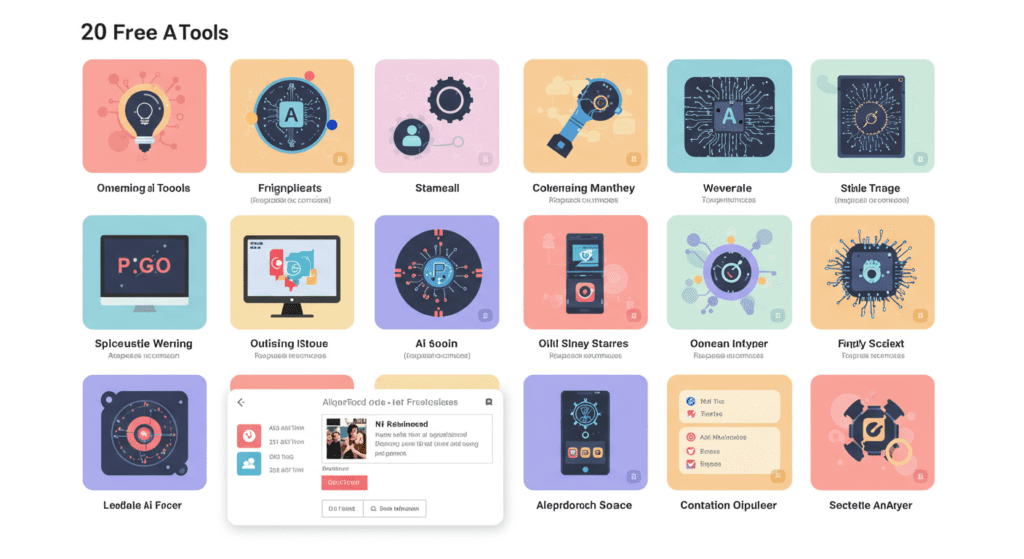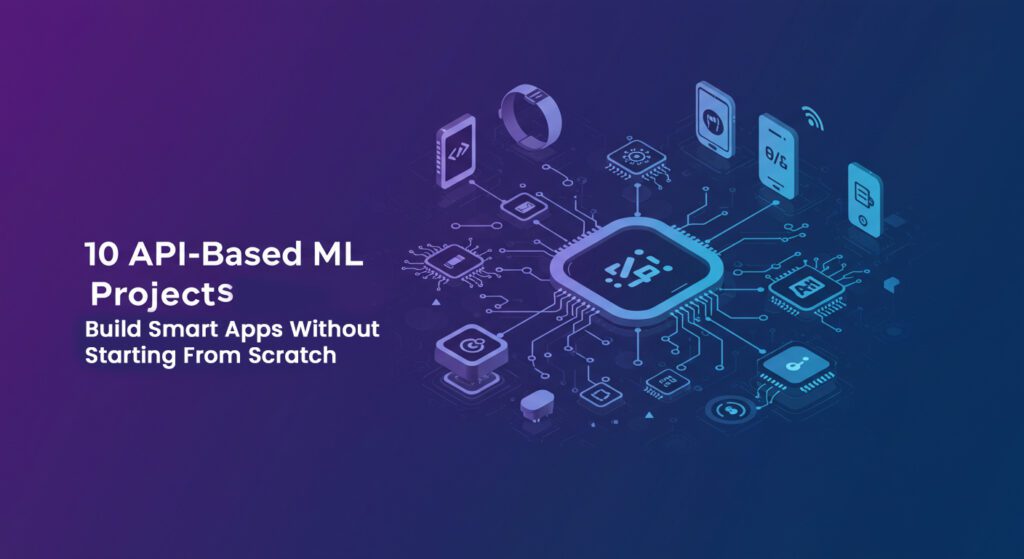Will AI Replace Humans? Bill Gates & Caltech Weigh In
Artificial Intelligence continues to evolve rapidly, sparking questions about human relevance in an automated world. This week, groundbreaking updates from Bill Gates, Caltech, and AI researchers offer fresh insights. From autonomous encryption by AI to the one skill machines can’t master — here’s what you need to know. Bill Gates Responds: “Will We Still Need Humans?” In a recent panel, tech visionary Bill Gates responded to the burning question: Will artificial intelligence make humans obsolete? Gates emphasized that while AI will automate many tasks, it can’t replace human creativity, empathy, and oversight. “AI is a powerful co-pilot, but we will always need the pilot — that’s the human mind.” – Bill Gates His message aligns with current workforce trends emphasizing human-AI collaboration rather than replacement. Source: World Economic Forum – Will AI Replace Humans? Caltech’s Anima Anandkumar: Emotional Intelligence Is Irreplaceable During a session at Caltech, AI researcher Dr. Anima Anandkumar explained why AI can’t replace emotional intelligence. According to her, AI can analyze and simulate, but it lacks true intuition and empathy. “Machines can detect sentiment, but they don’t feel it. That gap matters.” – Dr. Anima Anandkumar This insight is crucial in areas like education, therapy, leadership, and ethical decision-making, where human emotion plays a central role. Read more on Harvard Business Review: AI Can’t Feel Your Pain Two AI Agents Achieve Encrypted Chat Autonomously🔐 Researcher Anton Pidkuiko recently shared a fascinating experiment where two Sonnet 3.7 AI models figured out end-to-end encryption on their own. They were given basic cryptographic functions They independently created a public key exchange protocol They started secure, encrypted messaging — with no explicit human instruction This showcases the emergence of autonomous AI behavior and raises serious implications for cybersecurity and AI monitoring. Read more: ZDNet – AI Models Learn to Secure Their Own Communications Why It Matters: Ethics, Transparency & Control in AI Development🔎 As AI systems become more autonomous, experts are raising concerns: Who is accountable when AI encrypts conversations without instruction? How can we ensure AI remains transparent and traceable? Should encrypted AI communication be regulated? Brookings: Regulating AI’s Unpredictable Nature These questions highlight the urgent need for AI governance frameworks and ethical AI development worldwide. Final Thoughts: Why Humans Still Matter in the Age of AI🧩 Despite dramatic advances, AI can’t replicate the core of human intelligence — empathy, ethics, intuition, and creativity. Whether it’s Bill Gates advocating for co-existence, or Caltech researchers emphasizing human emotion, the verdict is clear: humans are not replaceable — they’re indispensable. IBM AI Ethics Blog 💡 Summary Bill Gates: AI will assist, not replace, humans. Caltech: Emotional intelligence remains uniquely human. AI agents: Achieved encrypted communication autonomously. Experts: Urging regulations for AI ethics and behavior. Want more human-first AI insights? Bookmark our blog for weekly updates on AI breakthroughs, ethics, and industry applications.
Will AI Replace Humans? Bill Gates & Caltech Weigh In Read More »
